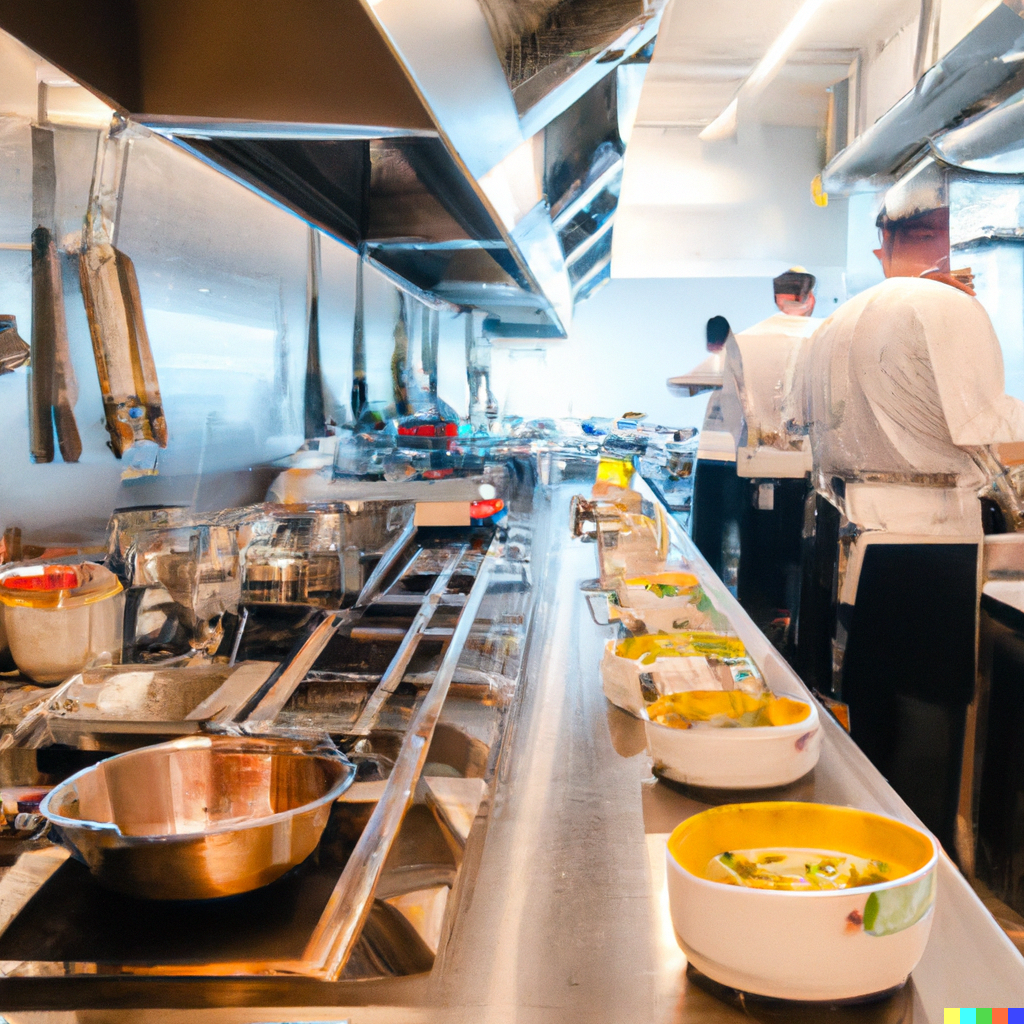Imagine you’re in a bustling professional kitchen. The heat, the noise, the coordinated chaos. This is a lot like software development, and you’re about to see why.
Get your introduction to the concept and benefits of Domain-Specific Languages (DSLs). It’s quite a topic, but this culinary journey will make it, well, digestible.
5-minute read:
Domain-Specific Languages explained for Stakeholders (mem.ai)
Summary
Amuse-Bouche (Software Development through Cooking): Welcome to the kitchen, where every role, from the head chef to the dishwasher, has a counterpart in a software development team.
Appetizer (Recipes do change with Time): Just as orders in a kitchen can change based on customer feedback or ingredient availability, tasks in software development are also adjusted in response to feedback and constraints.
Main Course (Managing Complexity for a growing Kitchen): As our kitchen grows, we need tools and techniques to manage the complexity. Imagine a Kitchen Modeling Language (KitchenML) that helps us coordinate all the moving parts.
Dessert: Finally, let’s reflect on our journey. We’ve seen how a kitchen and a software development team can be similar, but also how they differ. One is physical and sequential, the other virtual and iterative.
